2018 Hyundai i30 N review
Hyundai is late to the hot hatch party but it’s turned up with a great offering in the i30 N,...
With the release of the Series II versions, there are now i30 N manual and dual-clutch automatics on sale in two body shapes. It’s that flash model, packing an eight-speed auto that you see here on test.
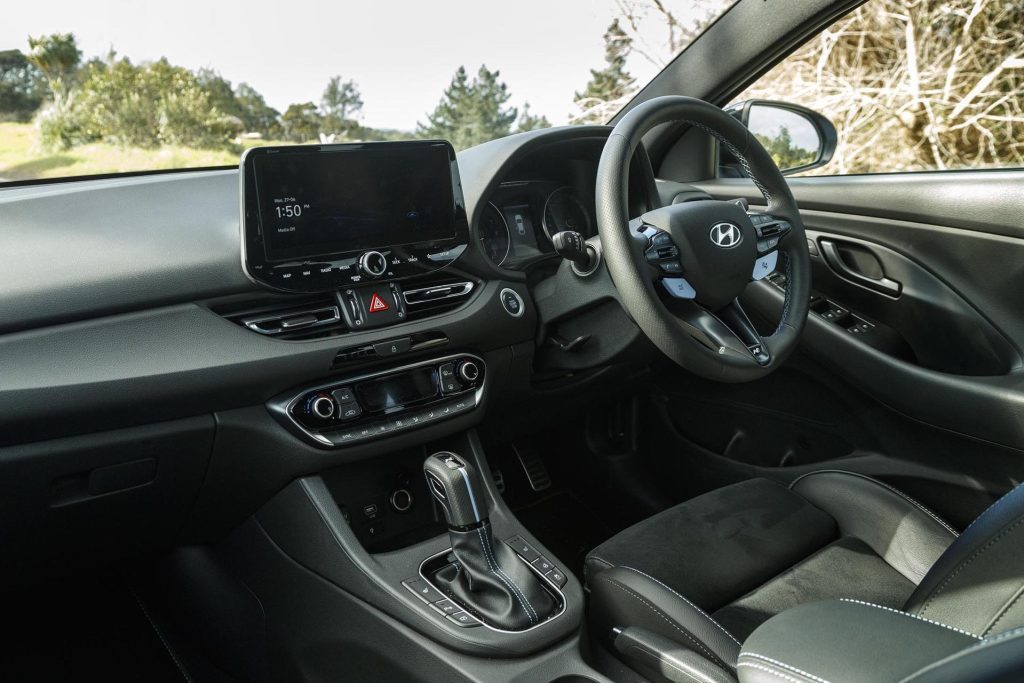
If you’ve always hankered for an i30 N but couldn’t stomach the idea of a manual transmission for daily use, then the DCT hatch is priced from $65,990. That’s quite a step up from the manual priced under $60k. The Fastback’s manual and auto equivalents are priced from $62,990 and $69,990, respectively. For the latter there’s an $1898 clean car fee on top of that.
We’d expect sales of manual i30 Ns to wane with the introduction of this model because not only is it a highly effective automatic transmission but it’s also considerably quicker on the acceleration front, by at least half a second on the sprint test.
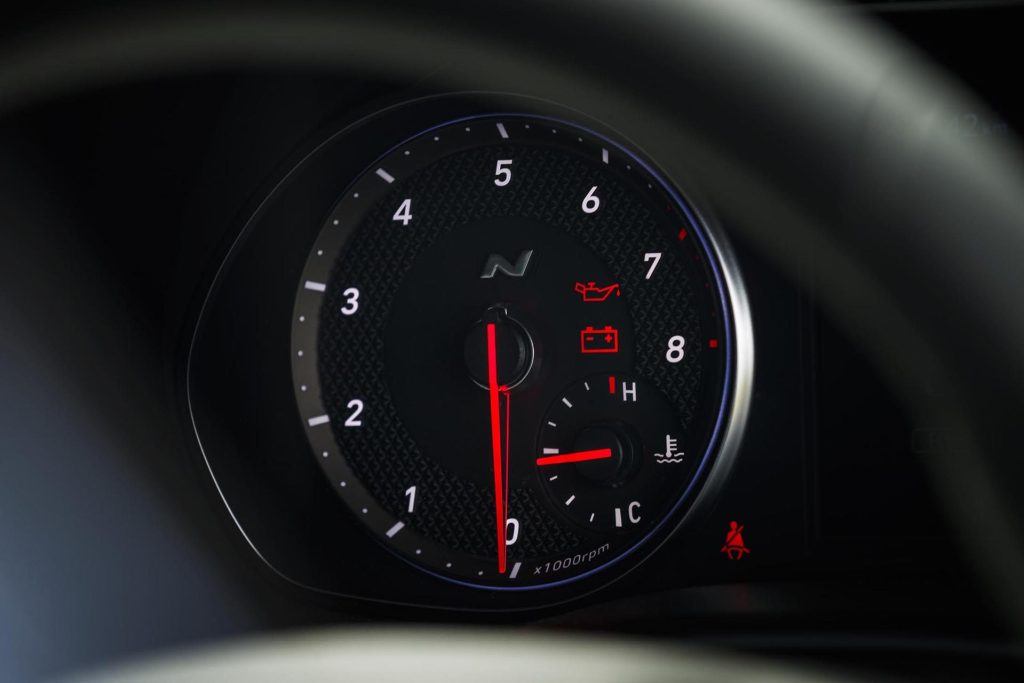
And that has made hot hatch manuals an endangered species, Ford’s latest Focus ST and the Mk8 Golf GTI are only available in New Zealand with an automatic trans.
As previously reported, the new i30 N packs the same 2.0-litre turbo four-pot engine as before, only it adds 4kW of power (206kW) while overboosted torque takes a 16Nm hike from 376Nm to 392Nm, the latter from 2100-4700rpm.
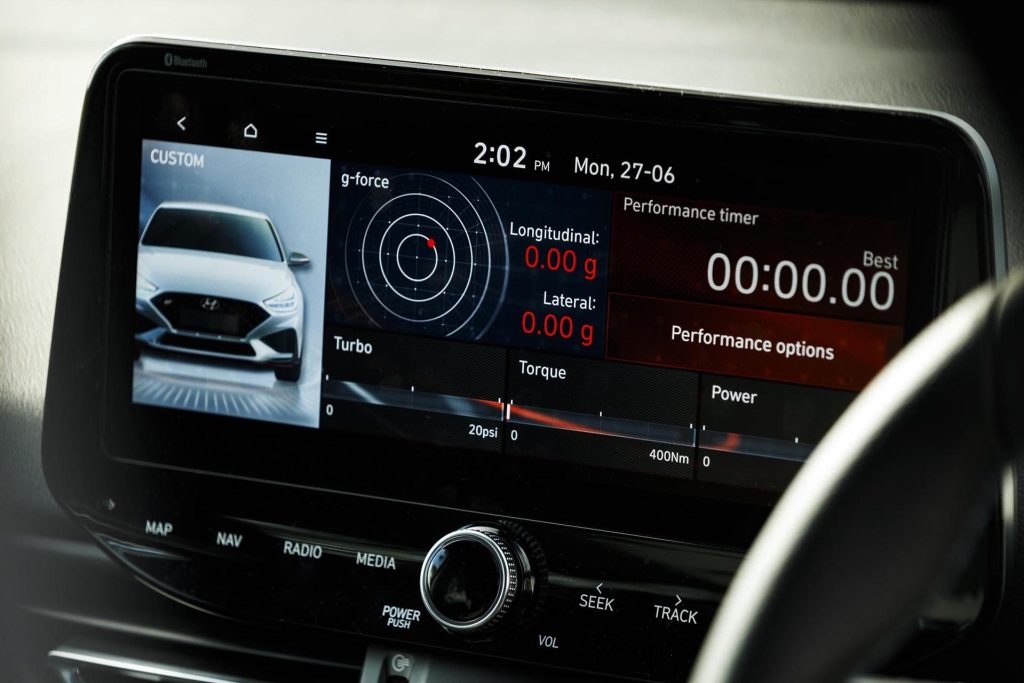
What we were interested in most was the performance increment because Hyundai reckons the latest Series II manual gets to 100 in 5.9sec while the auto takes 5.4sec.
We fired up the GPS-based data acquisition system, selected N mode, went into the performance options set-up and activated launch control. On the second run the Q-Starz device recorded 5.88sec and we thought job done. It was only later that evening that we remembered the overboost scenario where there’s 39Nm extra available. Doh.
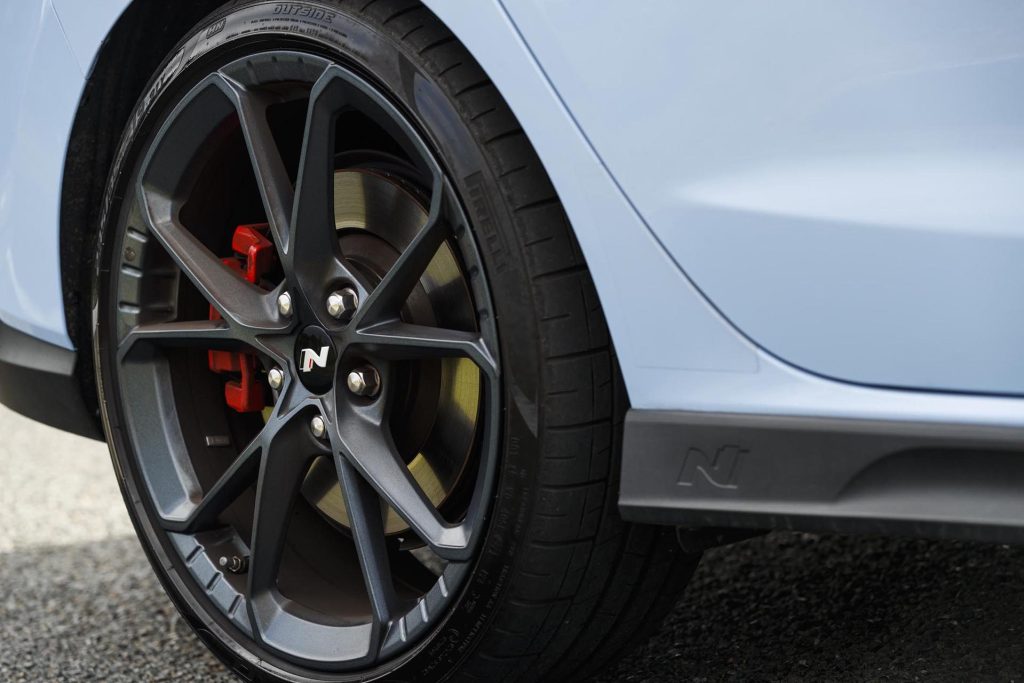
Next time out, the roads were damp and we couldn’t better six seconds. However, just before abandoning proceedings we found the last of our regular test strips was reasonably dry so gave it one final shot. With overboost engaged and launch control activated at the default 3000rpm hitout engine speed, the first run netted a 5.42sec run and the next one 5.35sec. So job truly done this time, and that puts it right up there with Focus ST at 5.44sec, and Cupra Leon hatch at 5.47s. The best overtake improved only slightly to 3.03 from 3.16sec, close to matching the 2.97sec record set by the Cupra Leon.
At the release of the original Fastback we kind of wondered why Hyundai’s N division had gone there. Okay, so there’s 436L of luggage space compared with 387L for the hatch, but the Fastback has compromised headroom and rearward visibility. Moreover, we reckon it doesn’t look quite as fine as the ballsier hatch. The Fastback has no wipe/wash unit for the rear window either. So extra luggage capacity aside, it’s very much an aesthetics thing, like it or not, for which you pay an extra $4k.
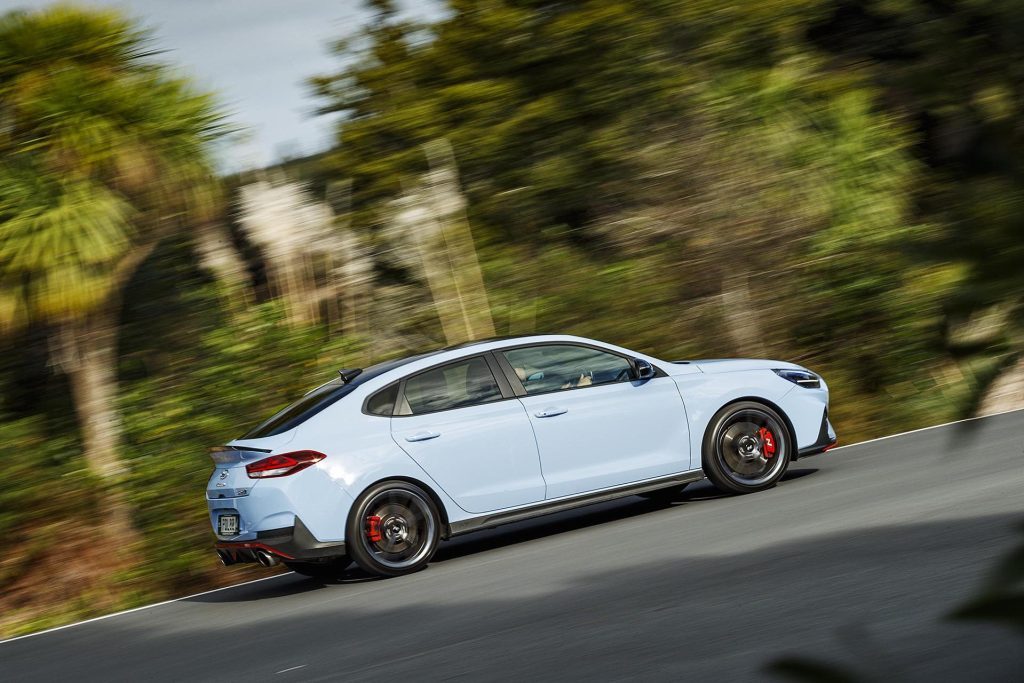
When last we drove it in the N or Sport modes this was incredibly competent through our regular drive loop and nothing has changed there. Nor has the beautifully calibrated adaptive damping. It’s never harsh and as you back off the settings the suspension becomes even more civilised. Get to Normal and here is where things work best, not only in town where the ride is genuinely okay for a sportster but also out on the open road where body movements are still kept well in check. Naturally Sport is a bit better but the ride does firm up. Normal works well everywhere.
Helping is a motor that’s pulling with proper turbo-enhanced shove from about 1800rpm. That’s handy because in most modes you’re doing 1800 in seventh at 100km/h so no downshift is necessary for easy overtakes.
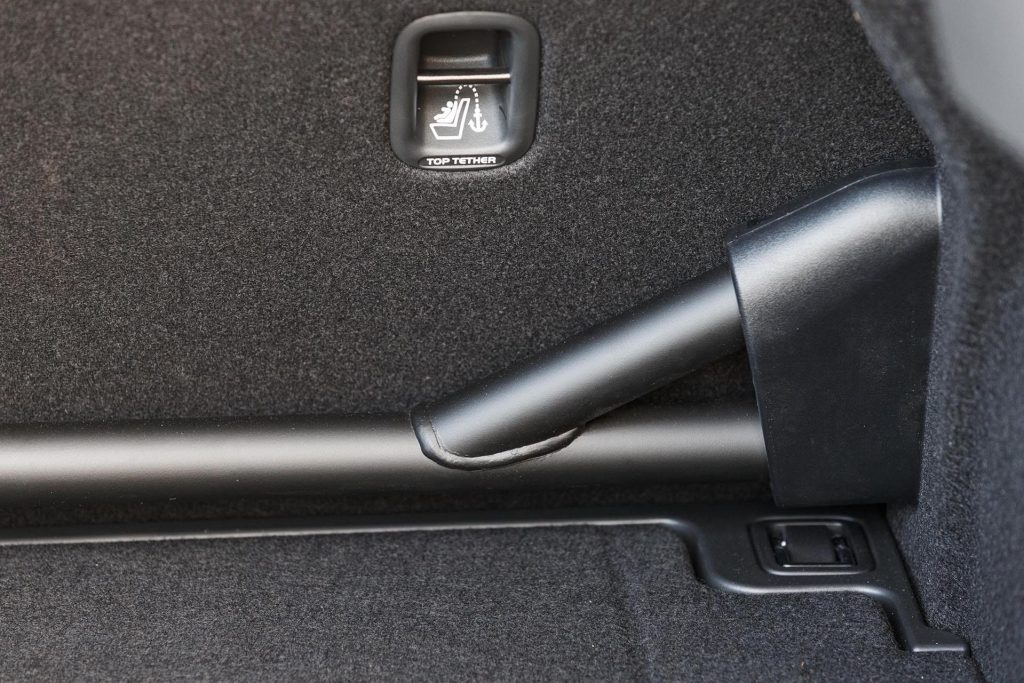
Wait though because this vehicle also has an Eco setting. Weird or what? Actually, it’s not silly because this is the only mode that selects eighth gear at 100km/h, where it’s loafing along at just 1500rpm. On flat motorway hotmix we saw fuel use of 6.7L/100km, about as good as it gets out of town. The long term average was in the nines and 10s for us, not bad for something with this performance potential. Likely as not the windswept Cd figure of 0.28 helps. Both this and the hatch are rated at 9.5L/100km as autos and manuals.
This can really hustle in the boonies, a bit like a bigger version of i20 N, though not quite so agile being longer of wheelbase. Its steering is quick though, with just two turns from full left to full right, so it darts into the turn, flashing out the other side thanks to its corner carving limited slip diff, the front end laser locked to the apex. There’s precious little torque tug too. In the Sport modes, the car corners in level fashion and it grips demonically, especially up front, so there’s little understeer to combat. ESP Sport keeps intervention to a minimum, and helps prevent the fronts from over-rotating during launch controlled fast starts.
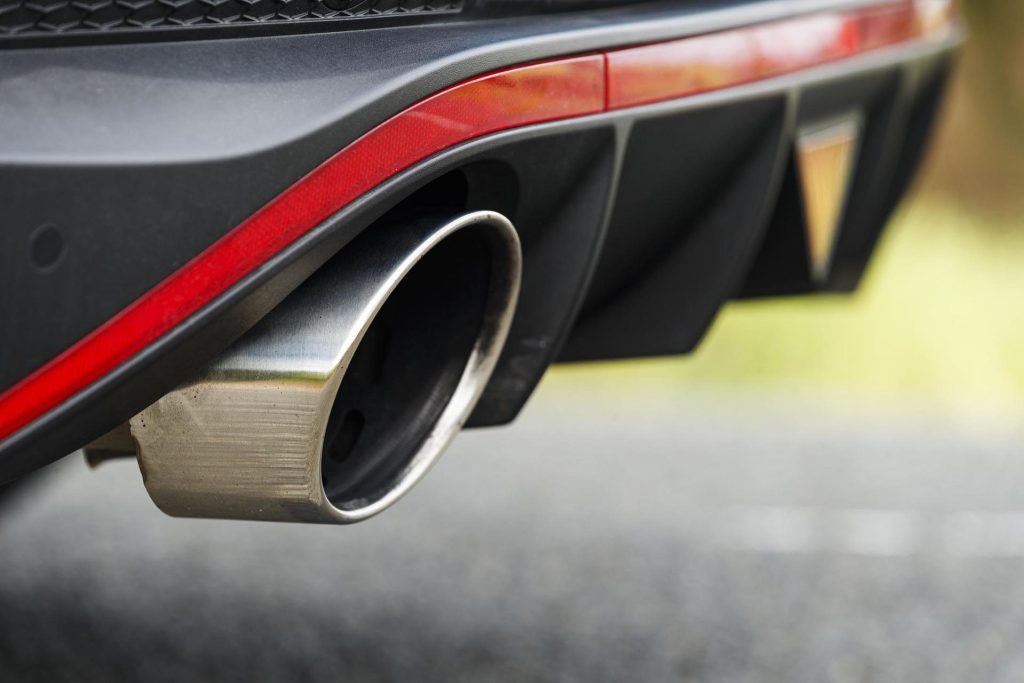
For a compact-ish vehicle, the i30 N FB is not especially inexpensive. On the wishlist is an HUD, kind of expected in something this quick. Even more of an apparent oversight is lack of adaptive cruise control, a legacy of manual only perhaps?
The Fastbacks get a sunroof that the hatches don’t. So there’s more light inside but in the rear all three occupants had better be kids or height-shy adults because headroom is at a premium. The same could be said up front; those long of inseam had best check whether or not their head impacts with the sporty alcantara roof lining before signing up.
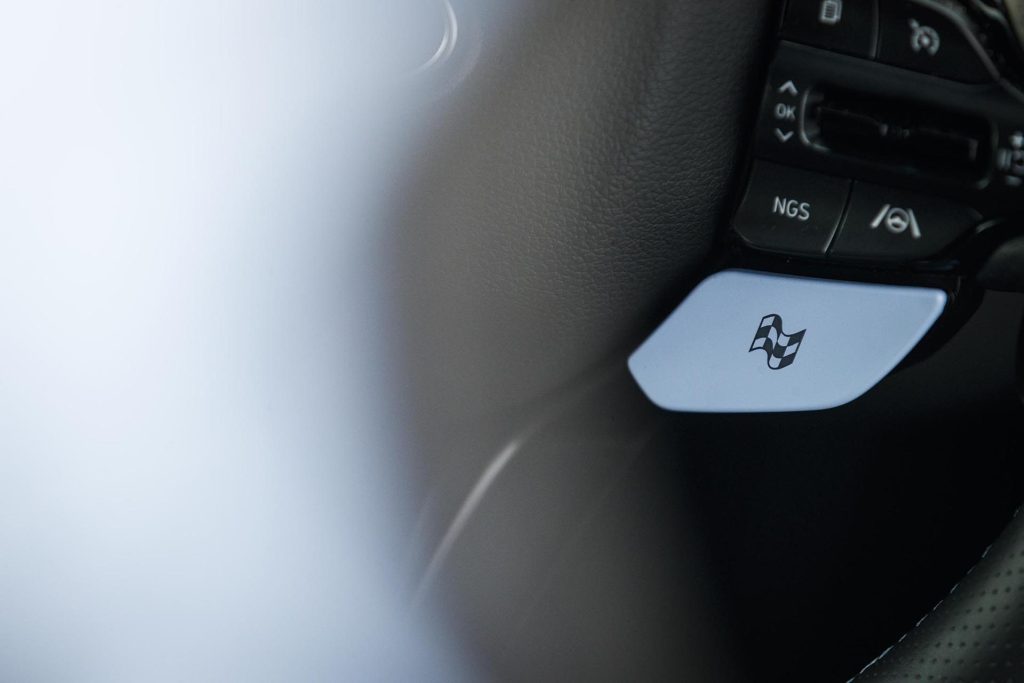
As standard, you get 19-inch alloys shod with proper PZero rubber, so this is just as noisy as it ever was on chipseal, roaring its way to a worst of 76.3dB on freshly laid tarmac. Inside is pleasant enough otherwise though, except for those hard plastics. There’s no power operation for the Liftback, not that it’s missed. You appreciate the luggage space back there, ahead of the blackened strut tower brace, and with split folding it can be expanded to 1337L.
Seats are sports items, like the wheel, but aren’t quite as comfy as they might look and don’t last the distance that well. However, powered lumbar adjustment is nice, and the squab isn’t too uptilted like on some Italian sportsters.
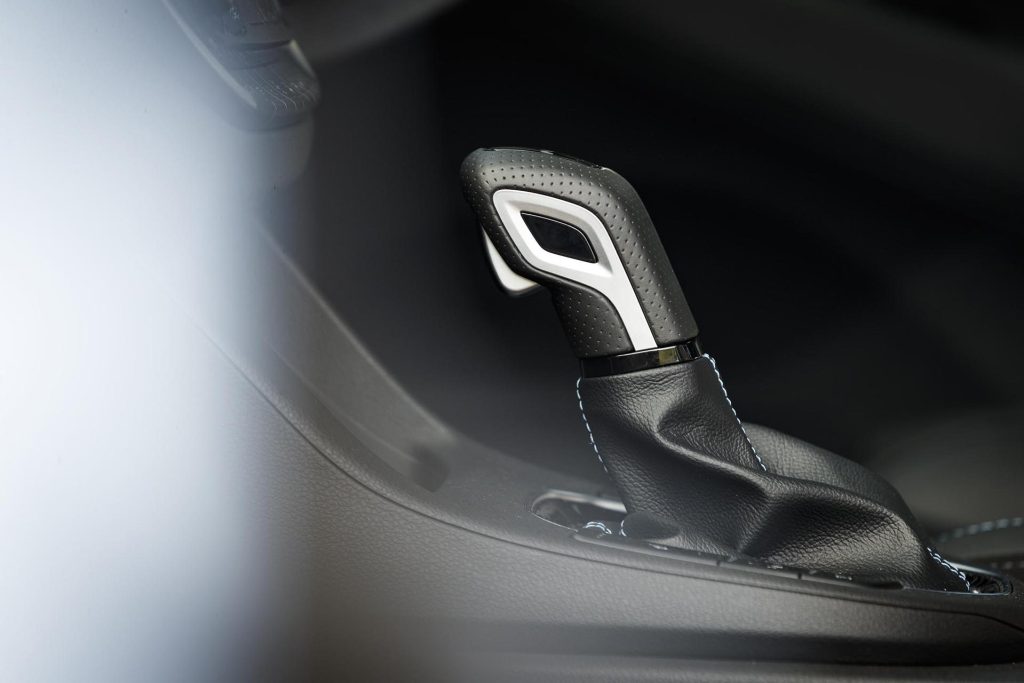
There’s a 10.25-inch infotainment screen, and with the map showing there’s also road sign recognition, handy in something this quick. There’s most of the expected safety electronics too, other than the lack of BSM and RCTA, likely due to chip shortages. We appreciated the wireless charging, wheel heating, and self-locking doors.
What about its rivals then? Cupra Leon is as quick and, luggage space aside, it performs and goes as hard as the i30 N FB but is much closer to $60k in price, and attracts no feebate. It’s much the same story for Golf GTI at $63k, which gets adaptive cruise like the Cupra and also HUD. Then there’s always the equally special Focus ST, at just under $60k. Once again, the N division comes up with something competitive but Hyundai prices it too high here.
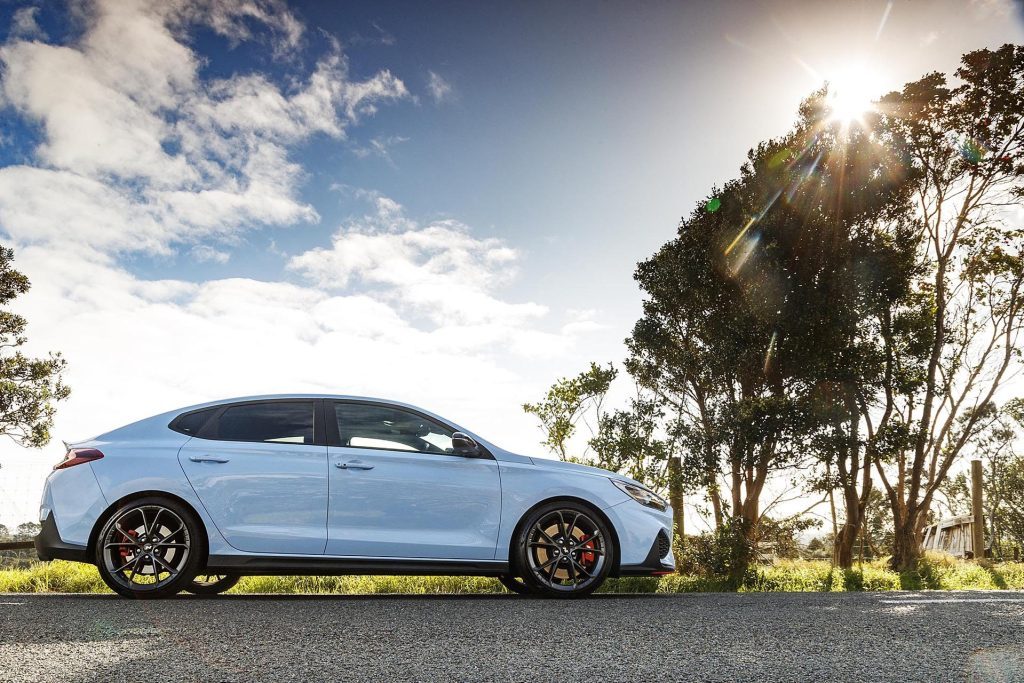
| Model | Hyundai i30 N Fastback DCT |
| Price | $69,990 |
| Clean Car Discount | Fee + $1898 |
| Engine | 1998cc, IL4, T, DI |
| Power/Torque | 206kW/392Nm |
| Drivetrain | 8-speed twin clutch, FWD |
| Fuel Use | 9.5L/100km |
| C02 Output | 219g/km |
| 0-100km/h | 5.35sec |
| 80-120km/h | 3.03sec (86.30m) |
| 100-0km/h | 34.30m |
| Stability systems | ABS, ESP, TV |
| Safety | AEB, ACC, BSM, LDW, ALK, AHB |
| Luggage Capacity | 436-1337L |
| Tow rating | 700kg (1600kg braked) |
| Service intervals | 12 months/15,000km |
| Warranty | 3 years/100,000km |
| ANCAP rating | not yet rated |
| Weight | 1497kg (claimed) |
You may also like…
Hyundai is late to the hot hatch party but it’s turned up with a great offering in the i30 N,...
By sheer luck, NZ Autocar, got a brief i30 N fling on a short hillside test track during the 2017...


